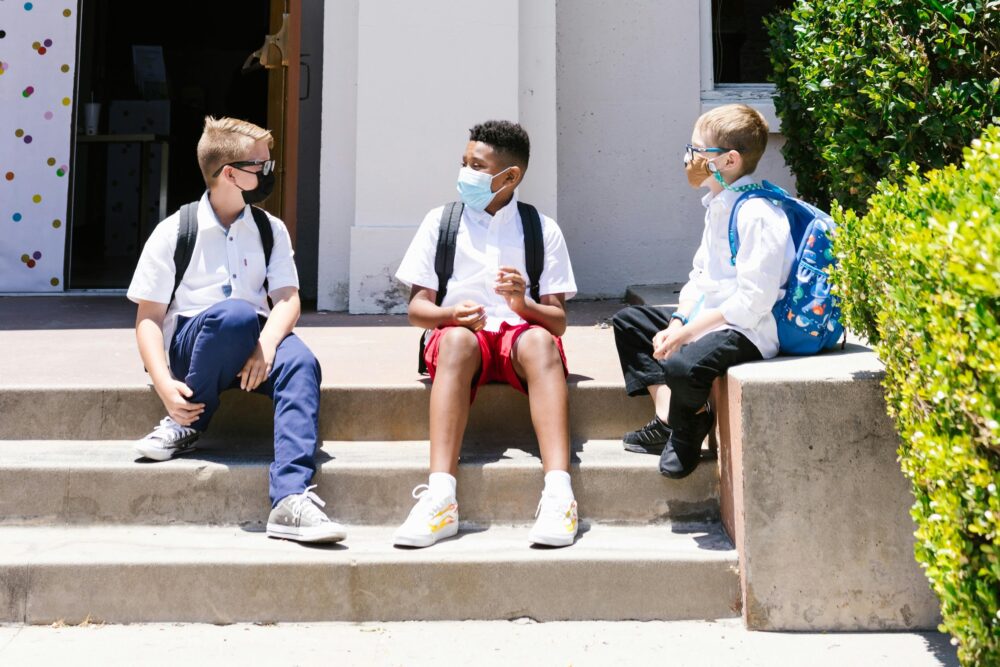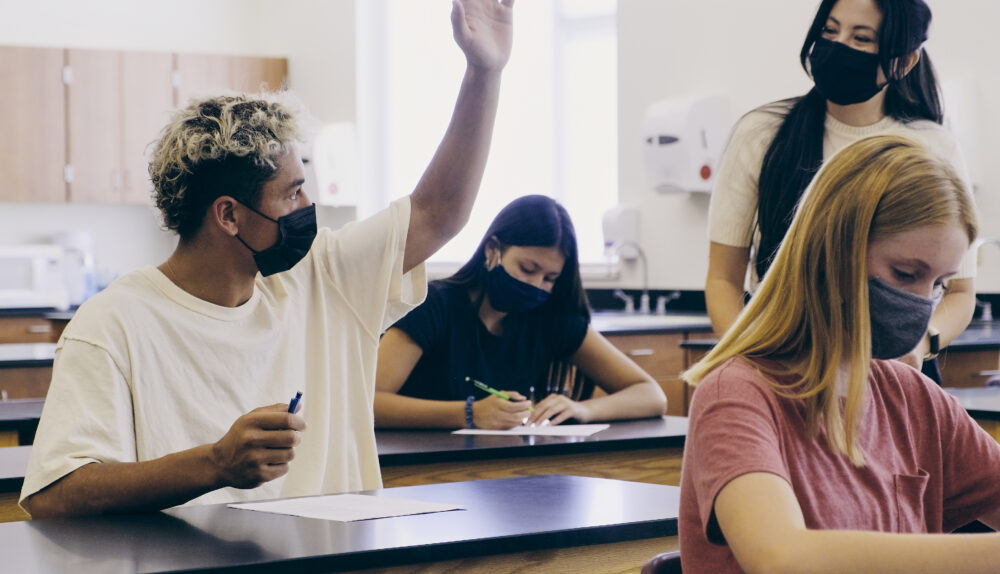بيان الاتحاد الآسيوي بشأن إعادة فتح المدارس
Kim Sweet, Executive Director of Advocates for Children of New York (AFC), issued the following statement in response to Mayor de Blasio and Chancellor Carranza’s announcement of plans for reopening school buildings in September.

Bringing 1.1 million children and more than 70,000 teachers safely back into the classroom in the midst of a pandemic is an enormously challenging task, but the plans Mayor de Blasio and Chancellor Carranza announced this morning lack the level of innovative thinking and cross-sector coordination that this moment requires. The split-schedule models presented today will worsen existing inequities, and they are just plain unworkable for many low-income families who cannot continue to stay home to watch and educate their children. For example:
- This spring, many students—including students who have disabilities, are learning English as a new language, or are living in homeless shelters—struggled to participate meaningfully in remote learning and have fallen behind. Instead of receiving priority for in-person instruction this fall, however, most of these students will continue on remote instruction for two to four days each week.
- The number of days of in-person instruction any individual student receives will depend on the school they happen to attend, which means that a child who has the disadvantage of attending an over-crowded school will receive less in-person instruction than a child who does not.
- Working families who have multiple children attending different schools—or maybe even different grades at the same school—will be forced into an impossible juggling act trying to manage multiple different part-time schedules in which different children attend school on different days, depending on the week. Schooling is inextricably intertwined with child care, and the two systems must be looked at together—not in isolation or as an afterthought.
We know the City is facing unprecedented challenges, but for that very reason, our leaders need to break down siloes between agencies, departments, and schools and achieve a new level of collaboration with parents, businesses, and community partners so that students can receive the academic and social-emotional support they need to get back on track and parents can return to work.


